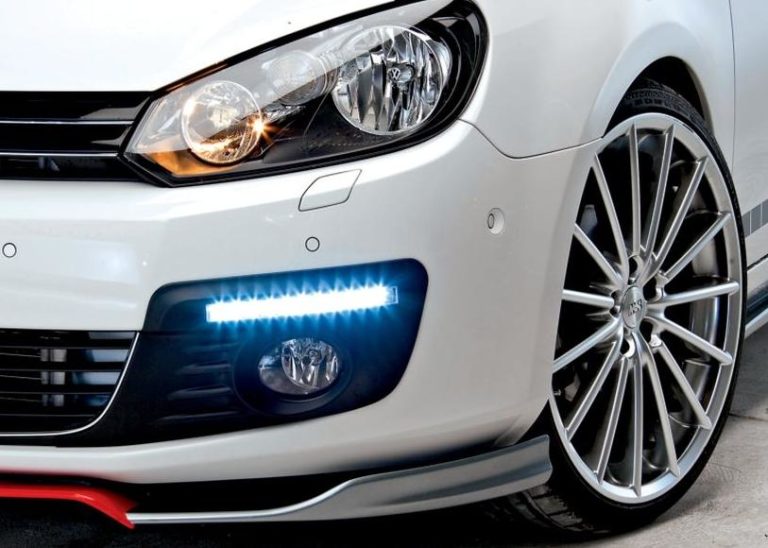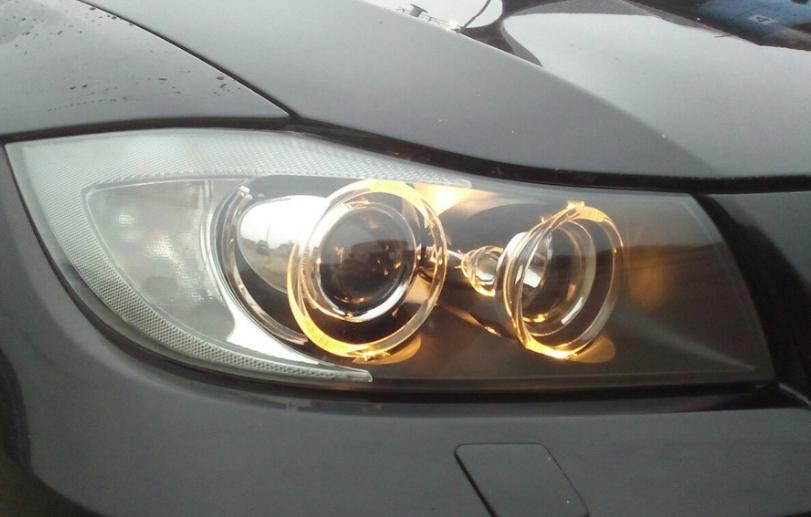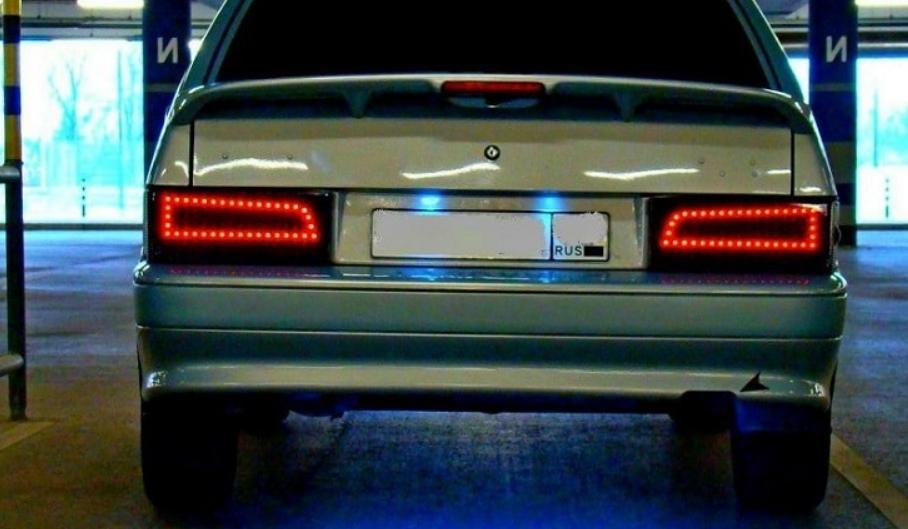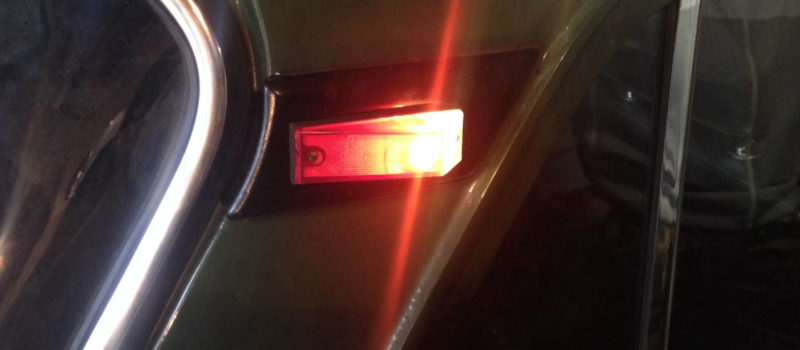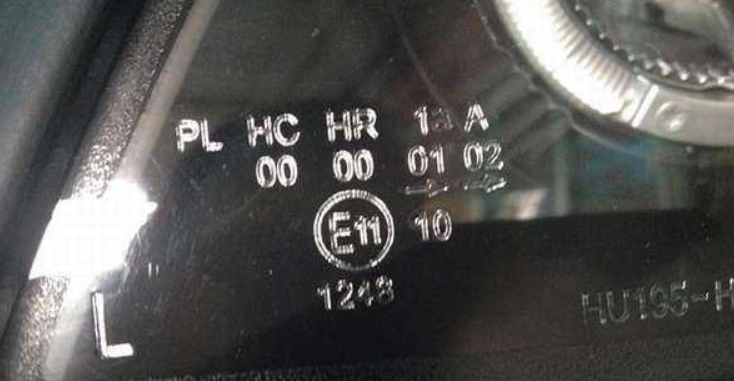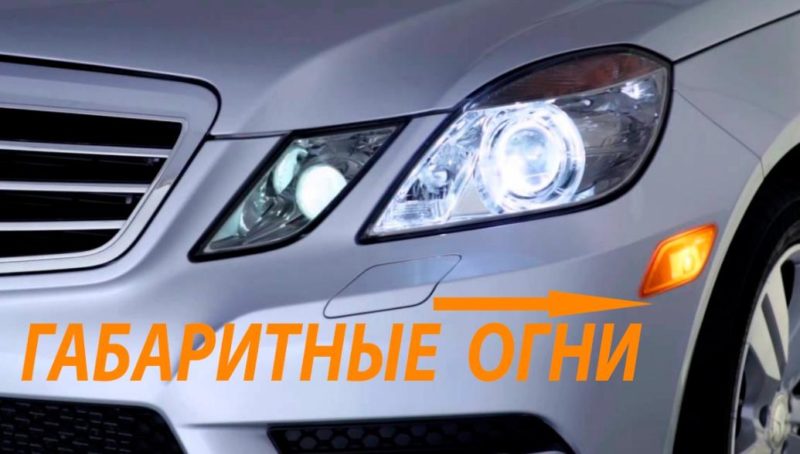Parking lights - rules of use
Most drivers do not know how to turn on parking lights on the rules, although there is nothing complicated about it. This part of the lighting equipment is often referred to simply as parking lights, and it is designed to improve safety, both while parking and driving in certain conditions.
Items from the Road Traffic Licensing Regulations regarding parking lights
It is worth remembering that the parking lights are always on along with dipped beam or taillight. Therefore, when using these modes, they work by default and it is a prerequisite. If any of the bulbs burned out, the inspector has the right to write a fine, so you should monitor the condition of the equipment and promptly replace the failed elements.
The clause 19.1 says that the lights must always be working on the towed vehicle, trailers or semi-trailers, when visibility is limited or the movement is carried out in the dark. On the rest of the vehicle at the same time must work regular light.
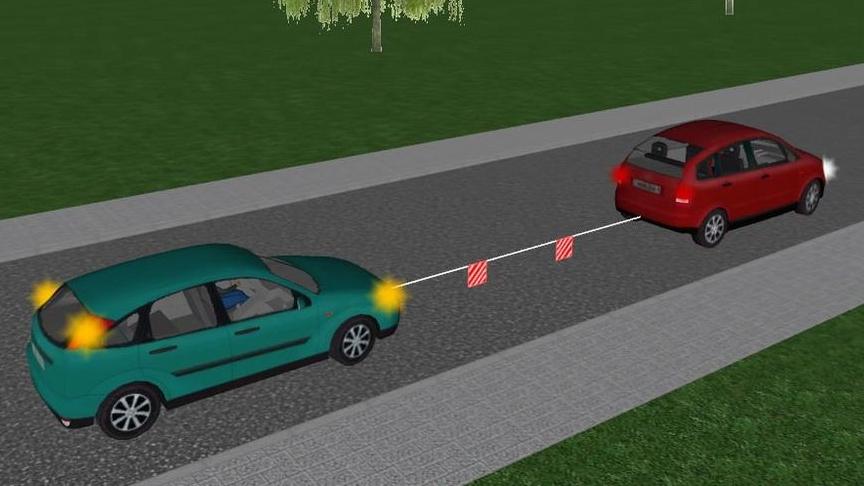
Paragraph 19.3 obliges all road users to turn on their lights, if the vehicle is stopped on the roadside without lighting or in poor visibility (in fog, rain or snow). It is not forbidden to turn on auxiliary light - fog lights or headlights, if it will improve the visibility of the car and increase the safety of driving.
Violation of the rules for the use of lighting equipment is usually subject to a fine of 500 rubles or a warning - at the discretion of the inspector.
When to turn on and when not to turn on
If the weather is overcast or it is raining, you can use the lights and when driving around town or on the highway. This, together with the daytime running lights will improve the visibility of the car, especially behind, since there is nothing to indicate the car in such conditions.
According to traffic regulations, parking lights must be turned on when stopping or parking in unlit and poorly lit areas. That's why in its time the considered option of equipment was added to the design of the car. Light signage greatly reduces the risk of accidents, the car can be seen from afar and other drivers can assess its position in relation to the roadway. This also applies during daytime if visibility is impaired for any reason.
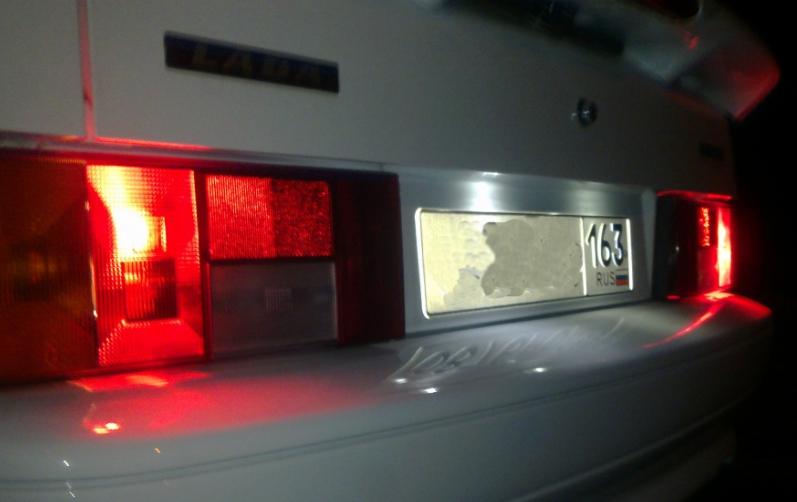
Another mandatory case in which the lights should be used is when towing trailers, semi-trailers and other similar structures. Towing vehicles also requires the inclusion of clearance, together with them usually use the alarm to focus the attention of other drivers.
By the way! In some models, one clearance light is brighter than the other, if the turn signal is turned on to the appropriate side at a stop. This allows you to highlight the car from the side of the roadway even better. This option is often used in many European models.
Now in the daytime, cars must move with the running lights on at all times, which are located in the front. Some drivers turn on parking lights, but you can not do so, because they do not provide the necessary visibility and They are not a substitute for parking lights.. In this case, you should turn on dipped beam or fog lights.
Also, you can not use only parking lights at night, as they do not provide sufficient visibility. They must work together with dipped or high beam headlights.
Video lesson: Light control in the car.
Types of gauges and their construction
Gauges come in different types, as vehicles vary in size and design features. Several groups can be distinguished, and each has its own features that you need to know:
- Standard frontal. They are also called parking lights or front lights. Usually located in the dipped beam, this uses a low-power bulb that illuminates the element when parked. In some cars, the parking light is separate or combined with a turn signal.
- Front LED. In many modern models, the lights are implemented at the expense of LED elements, which can have different shapes and sizes. This part has become a recognizable design element, giving individuality. To the front elements there are no special requirements for brightness, as in the dark, even a dim light is clearly visible.LED elements are not only a safety element, but also part of the exterior of the car.
- Rear. Can be both standard and LED, working all the time when using dipped or high beam. There are no requirements for brightness, but the light must be clearly distinguishable at night and in low visibility. In this case, the lights are part of the tail light and are most often located closer to the outside to indicate the car better.Rear parking lights can also be LED.
- Side. Can be located at the front or rear or the entire side of the car, depending on the size of the vehicle. If the length is 6 meters or more, the minimum number of clearance on the sides should be at least two. But usually more elements are used to better mark the vehicle.
- Top. Also used on large vehicles and buses to indicate the outline in the dark and to warn other drivers that a large vehicle is traveling in the opposite or oncoming direction.
- Side on cab posts. Used in older models of passenger cars. Now they are almost never seen.View of the clearance on the Moskvich 2140
To improve the visibility of trucks and buses are often glued to them reflective elements.
As for the device, here we can distinguish several features inherent in the parking lights:
- Usually the system consists of a reflector, diffuser and bulb. As a source of light are used halogen or LED lamps, the second option is preferable, but not suitable for all models. The design can be included in the headlight or lamp, or can be separate, there are no hard limits.
- The lights in the front and rear are used in pairs. Therefore, it is necessary to buy the same bulbs, so that they have the same light intensity and angle of propagation of the luminous flux.
- When choosing bulbs for the rear, you must remember that the parking lights should not shine brighter than the brake light or direction indicators.
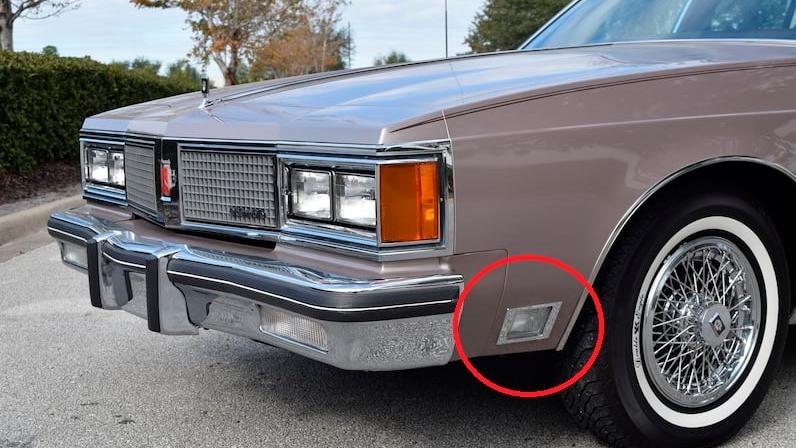
By the way! To use LED bulbsIn modern cars, you will have to install the so-called "bumpers", so that you do not constantly pop up notice of the malfunction.
Requirements for the colors of parking lights
There are clear guidelines for the colors of the lights, which should be adhered to:
- White or yellow bulbs must be installed at the front, no other options are allowed.
- The rear lights must always be red. This is usually achieved by the diffuser in the lamp.
- Side elements are most often yellow, but in some cases can be red.
Recommended for viewing: Liability for the use of different-colored lights.
The dimensions are in the design of all motor vehicles, as their presence is mandatory in all countries. They may vary in design and light source, but they always serve for safety when parking and driving in low visibility conditions.
